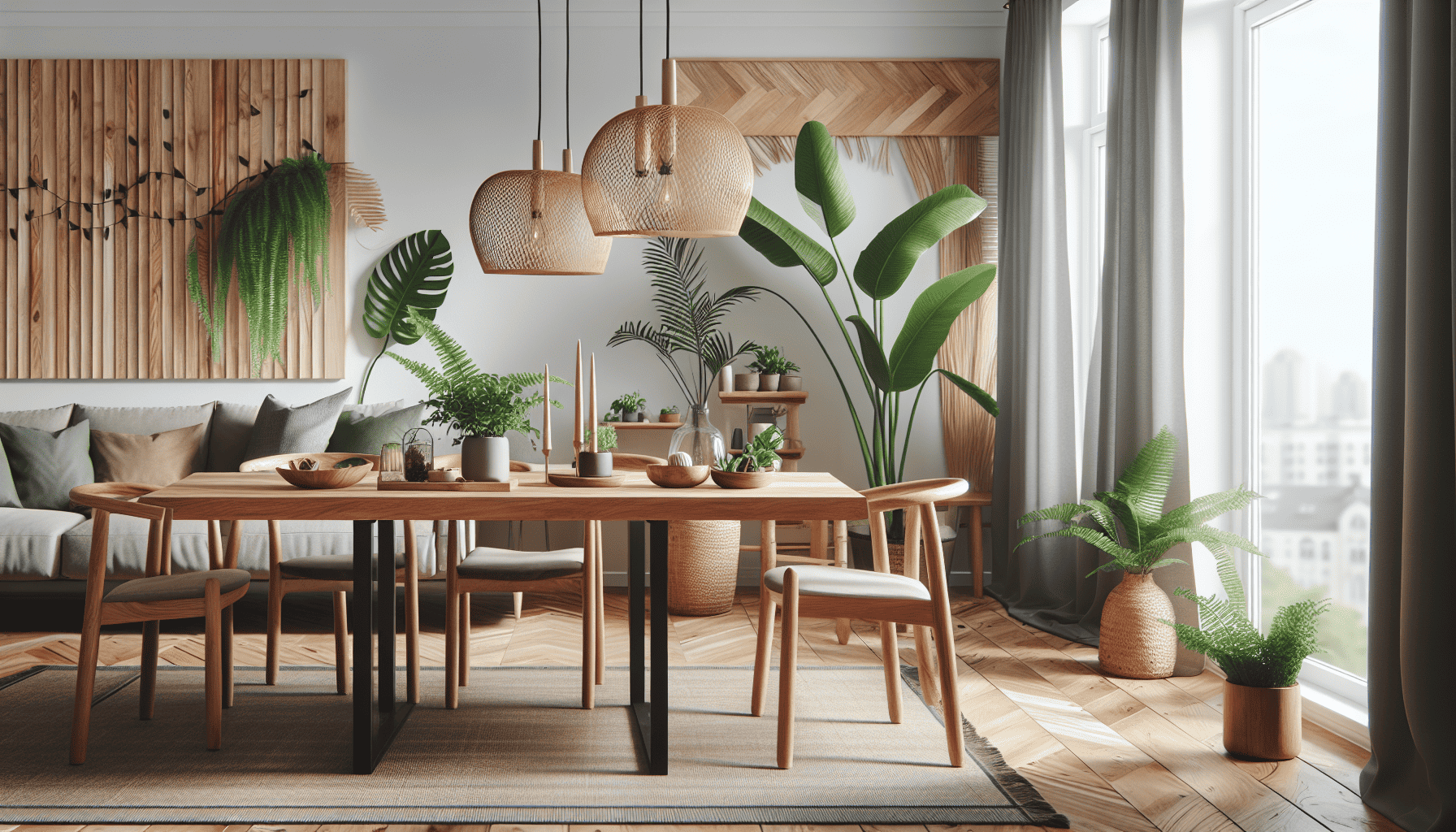In recent years, the demand for eco-friendly products has surged, as more people recognize the importance of sustainable living. Among the various industries affected by this shift, furniture design stands out as a key sector embracing eco-friendly practices. With growing environmental concerns and a push towards responsible consumption, eco-friendly furniture crafted from sustainably sourced materials has become a cornerstone of modern interior design.
Eco-friendly furniture is not just a fad; it is a commitment to preserving natural resources and reducing environmental impact. This type of furniture is typically made from materials that are either recycled, reclaimed, or sustainably harvested. For instance, bamboo, fast-growing and abundant, serves as an excellent alternative to traditional hardwoods. Not only is it renewable, but it also boasts incredible strength and versatility, making it a popular choice for contemporary designs.
Another significant trend in eco-friendly design is the use of reclaimed wood. This approach involves repurposing wood from old buildings, barns, and other structures, giving it new life in furniture pieces. Reclaimed wood carries its own history and character, with unique grains and patinas that tell stories of the past. By choosing reclaimed wood, consumers can enjoy one-of-a-kind pieces while reducing the demand for new timber, thus conserving forests.
Beyond material selection, sustainable furniture design also considers the entire lifecycle of a product, from production to disposal. This includes manufacturing processes that minimize waste and emissions, as well as furniture that is designed to be durable and timeless. By creating pieces that last for generations, designers help reduce the cycle of disposal and replacement that plagues mass-produced, lower-quality furniture.
Eco-friendly furniture often incorporates non-toxic finishes and adhesives, which is important for indoor air quality and overall health. Conventional furniture can emit volatile organic compounds (VOCs) that contribute to air pollution and respiratory problems. By prioritizing natural oils, waxes, and water-based finishes, sustainable furniture makers ensure that their products are as safe as they are beautiful.
In addition to these practical considerations, eco-friendly furniture often embodies a unique aesthetic that appeals to conscious consumers. The emphasis on natural materials and sustainable processes can inspire more minimalist and organic designs, creating spaces that feel serene and inviting. These designs often emphasize simplicity and functionality, aligning with the principles of "less is more" and fostering an environment of calm and balance.
Consumers who choose eco-friendly furniture become part of a larger movement advocating for responsible practices and environmental stewardship. By investing in pieces crafted from responsibly sourced materials, buyers support businesses that prioritize ethics and sustainability over short-term profit.
Ultimately, embracing sustainability in furniture design is not only about preserving the planet but also enhancing the quality of life. Eco-friendly furniture offers a harmonious blend of style, durability, and environmental responsibility, making it a smart choice for individuals and families looking to furnish their homes with intention. As awareness of environmental issues continues to grow, the shift towards eco-friendly designs is likely to become a defining characteristic of the furniture industry, leading the way to a greener future for everyone.
